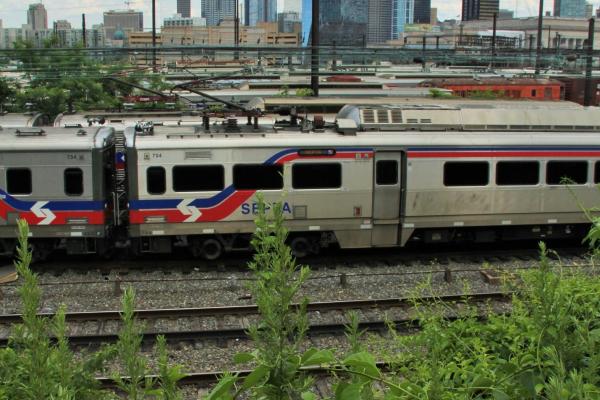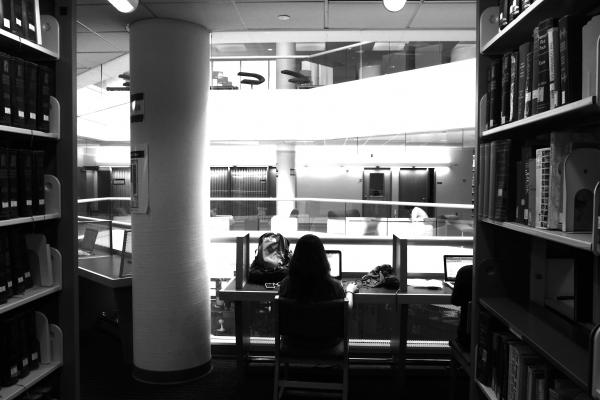Neighborhood and Community Development
Part of
Under President John Fry, Drexel adopted a two-prong approach to neighborhood community development—creating a university-assisted middle school and a neighborhood center to connect community partners with Drexel resources.
Drexel launched two initiatives in the 2010s to strengthen neighborhood community development. One initiative was the fall 2016 opening of a public, university-assisted middle school, developed through a partnership with the School District of Philadelphia’s Science Leadership Academy (SLA). The new school was temporarily housed in Drexel’s Dornsife Center for Community Partnerships. Opened in 2014, the Dornsife Center is the hub for Drexel’s initiative to support economic development in Mantua.
A key strategy in Drexel’s urban revival initiative in the 2010s was to expand the University’s community relations program to include the development of a university-assisted public school on Drexel’s campus and support for community economic development in the Mantua neighborhood. Leading the initiative was Drexel president John Fry, who predicted that by 2041 Drexel would be “the most civically engaged university in the United States.”[1]
Following Penn’s lead in building the Penn Alexander School, a university-assisted K–8 public school in West Philadelphia, Drexel collaborated with the Samuel Powel Elementary School—a K–4 neighborhood public school in Powelton Village. The aim was
“to strengthen and expand Powel by creating a partner middle school (grades 5–8) in conjunction with Science Leadership Academy High School (SLA), an innovative magnet STEM high school. By 2014, Drexel had purchased the 14-acre University City High School site in a joint venture with Wexford Science + Technology, with the long-term goal of building a new facility to house both schools, as Wexford moved to add commercial, residential and retail development on other parcels on the site.”[2]
University City High School, located at 3601 Filbert, just north of Market Street, closed in 2013. Acquisition of the site allowed Drexel to extend its footprint in the area north of Chestnut and west of 36th Street to the line of 37th Street. This time there was no community uprising.
In 2016, the SLA opened its new middle school in temporary quarters at Drexel’s new Dornsife Center for Neighborhood Partnerships, located in the 3500 block of Spring Garden Street in Mantua. As of 2017, the University had not reported a timetable for construction of a permanent home for the SLA at the University City High School site. Presumably, the SLA will remain in its present location until Drexel puts up a new building for the school in the area that was once the campus of University City High School.
The Dornsife Center for Neighborhood Partnerships opened in 2014. Its founding purpose is to assist federally sponsored community development in Mantua. In 2013, Mantua was designated a federal “Promise Zone,” a status that gave the neighborhood higher priority when seeking federal grants in 25 areas of community life, for example, education, housing, and public safety.[3]




